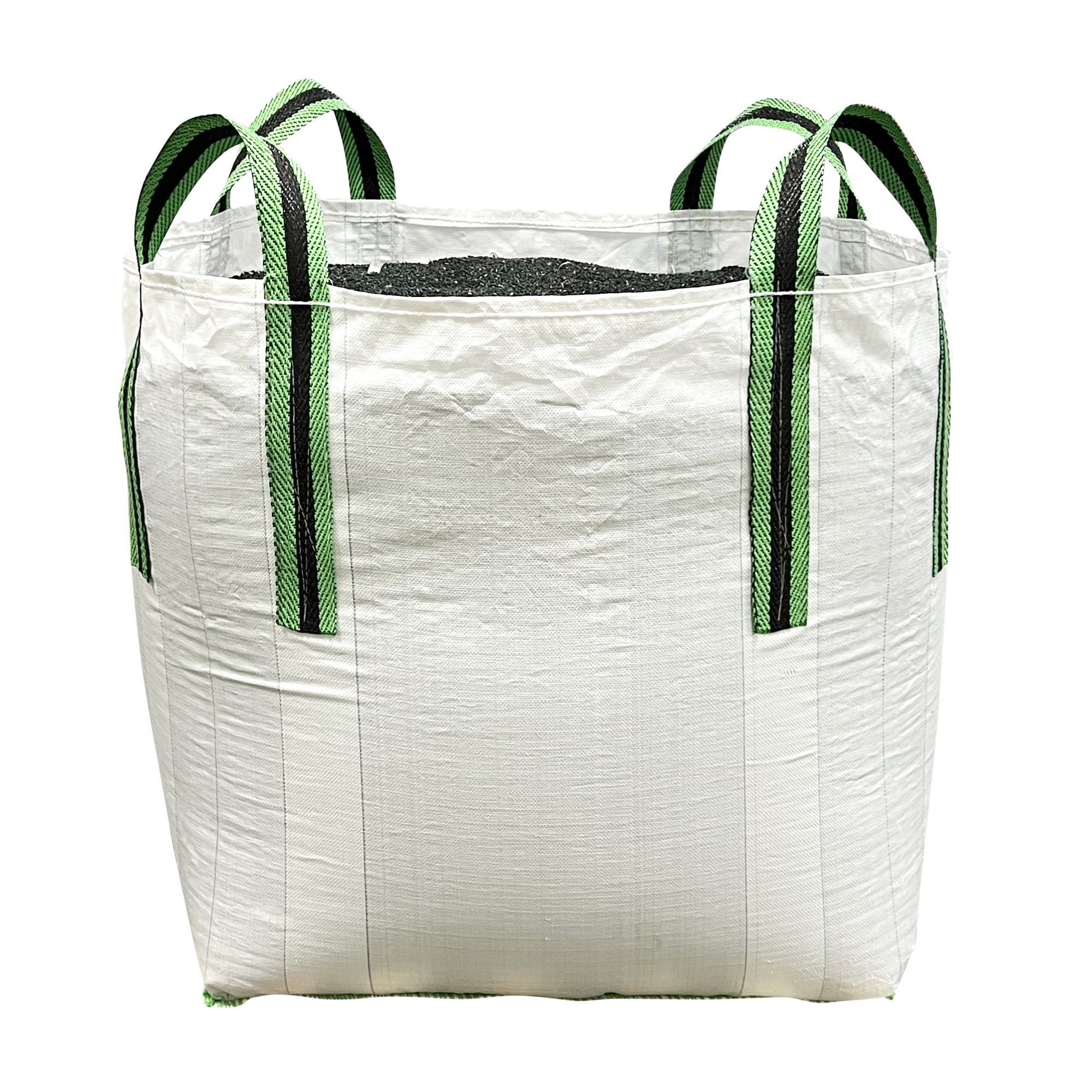
Polypropylene (PP) jumbo bags, also known as Flexible Intermediate Bulk Containers (FIBCs), are widely used for transporting and storing bulk hazardous materials. However, handling such materials requires strict adherence to safety and compliance standards to prevent accidents and environmental harm.
Key Features of PP Jumbo Bags for Hazardous Materials
- High Load Capacity
- PP jumbo bags can carry loads ranging from 500 kg to 2000 kg, depending on the bag’s design and fabric strength.
- Designed for bulk powders, granules, or semi-solids, including hazardous chemicals and substances.
- Chemical Resistance
- Polypropylene offers excellent resistance to most chemicals, including acids, alkalis, and solvents, making it ideal for hazardous material storage.
- Customization for Hazardous Materials
- UN-Certified Bags: Specifically designed and tested for hazardous materials to meet international safety standards.
- Liners and Coatings: Internal liners (e.g., polyethylene) can provide additional moisture or chemical resistance.
- Static Protection: Bags with anti-static or conductive properties (Type B, C, or D) reduce the risk of static electricity buildup.
Compliance Standards for Hazardous Material Handling
Transporting hazardous materials is regulated by international and regional standards to ensure safety. The most critical compliance considerations include:
- UN Certification
- UN-certified FIBCs are required for transporting hazardous goods.
- Bags must pass rigorous testing, including:
- Drop Tests: Ensure the bag can withstand falls without leaking or breaking.
- Top Lift Test: Verifies the bag’s structural integrity when lifted with its maximum load.
- Tear and Stacking Tests: Assess durability under pressure and during handling.
- Vibration Test: Simulates the effects of transport vibrations on the bag’s stability.
- Global and Regional Standards
- ADR (European Agreement concerning the International Carriage of Dangerous Goods by Road).
- IMDG Code (International Maritime Dangerous Goods Code).
- DOT Regulations in the U.S.
- OSHA Guidelines for workplace safety during hazardous material handling.
- Labeling and Documentation
- Clearly label the bags with hazard symbols, UN codes, and relevant handling instructions.
- Include Material Safety Data Sheets (MSDS) and transport documentation for regulatory compliance.
- We have been able to provide a broad selection of PP Woven Bags to our esteemed clients thanks to our years of industrial experience. These sacks are long-lasting because premium raw materials are used in their manufacturing. Depending on the needs and preferences of our esteemed customer, our selection is offered in a variety of patterns and sizes.
Safety Features of PP Jumbo Bags for Hazardous Materials
- Static Electricity Control
- Type A Bags: No static protection. Not suitable for flammable environments.
- Type B Bags: Prevents sparks but cannot dissipate static charge.
- Type C Bags: Made from conductive materials, requiring grounding during use.
- Type D Bags: Dissipates static charge without grounding, suitable for environments with flammable gases or dust.
- Leak-Proof Design
- Sealed Seams and Liners: Prevent leakage of fine powders or liquids.
- Spout Closures: Bottom or top spouts ensure safe filling and discharge while minimizing spillage.
- UV Stabilization
- UV-stabilized PP jumbo bags are resistant to sunlight degradation, ensuring safe storage for extended periods outdoors.
Best Practices for Safe Use of PP Jumbo Bags with Hazardous Materials
- Pre-Use Inspection
- Inspect bags for tears, weakened seams, or punctures before filling.
- Verify the presence of UN certification labels for hazardous material applications.
- Proper Filling and Sealing
- Use appropriate filling spouts to minimize dust and spillage.
- Ensure a secure seal to prevent leaks or contamination during transport.
- Safe Handling and Transport
- Use pallets and forklifts to handle filled jumbo bags, avoiding dragging or dropping.
- Ensure bags are properly secured during transport to prevent shifting and damage.
- Environmental and Workplace Safety
- Store hazardous materials in designated areas with proper ventilation and spill containment measures.
- Train personnel on safe handling procedures and equip them with protective gear (e.g., gloves, masks).
- Regular Maintenance and Disposal
- Regularly inspect stored bags for signs of wear or damage.
- Dispose of used jumbo bags in compliance with local hazardous waste regulations if they cannot be recycled.
Advantages of Using PP Jumbo Bags for Hazardous Materials
- Cost-Effective: Lower cost compared to rigid containers such as drums or metal bins.
- Lightweight and Flexible: Easy to handle and transport while maximizing storage space.
- Customizable Design: Tailored features such as liners, spouts, and static protection cater to specific hazardous material needs.
- Eco-Friendly Options: Recyclable materials and reusable designs reduce waste.
Conclusion
PP jumbo bags provide a reliable, safe, and cost-effective solution for transporting and storing hazardous materials. By ensuring compliance with UN certification and other regulatory standards, and following best practices for handling and transport, industries can minimize risks while maintaining operational efficiency.



